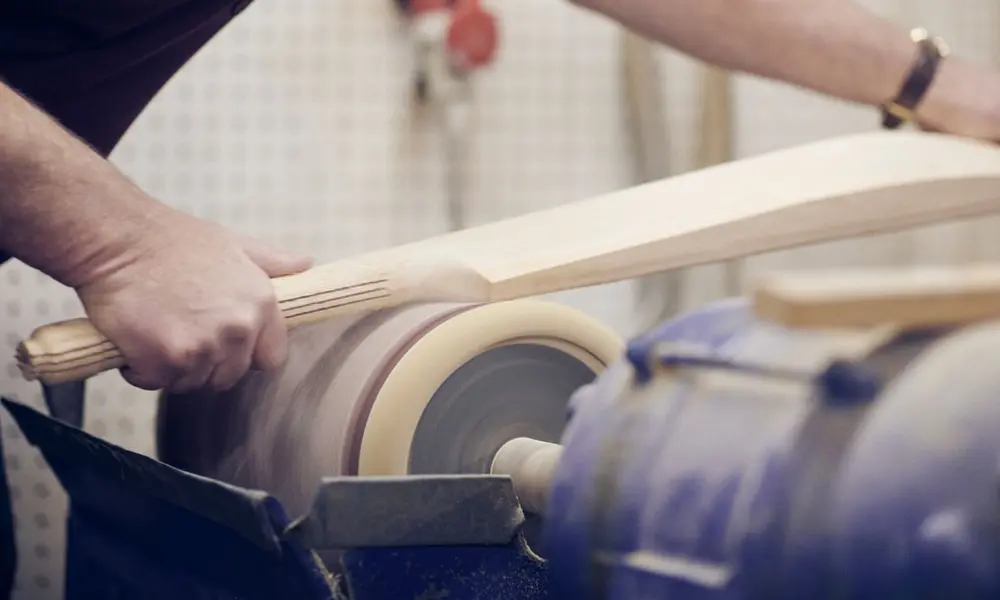From Willow to Wicket: Tracing the Storied History of Cricket Bats

In the illustrious tapestry of cricket's history, the cricket bat stands as a timeless symbol of tradition, innovation, and evolution. From humble beginnings to the cutting-edge designs of today, the journey of the cricket bat is a fascinating tale that mirrors the evolution of the sport itself. Join us as we embark on a journey through time, tracing the storied history of cricket bats from their origins to the modern-day marvels that grace the cricket fields of the world.
Ancient Origins
The origins of cricket bats can be traced back to the ancient civilizations of the Mediterranean and Indian subcontinent, where games resembling cricket were played with rudimentary equipment. Early bats were little more than curved sticks or branches, fashioned from whatever materials were readily available, such as willow, ash, or bamboo. These primitive bats were used to strike a ball made of wood or stone in early versions of the game that bore little resemblance to the cricket we know today.
Medieval Evolution
As cricket evolved from a rustic pastime into a formal sport played in medieval England, so too did the design of the cricket bat. Bats gradually began to take on a more recognizable shape, with a flat hitting surface and a curved blade for greater power and control. Handles were added for improved grip and maneuverability, and bats were crafted from select timbers such as willow or ash for durability and performance.
The Golden Age of Cricket
The 18th and 19th centuries witnessed the golden age of cricket, marked by the emergence of organized cricket clubs, the standardization of rules and equipment, and the popularization of the sport among all classes of society. During this period, cricket bats underwent significant refinements in design and construction, with craftsmen experimenting with different shapes, sizes, and materials to enhance performance. Willow emerged as the preferred choice of timber for cricket bats, prized for its unique combination of strength, flexibility, and resilience.
Modern Innovations
In the 20th and 21st centuries, cricket bats continued to evolve with advances in materials science, engineering, and manufacturing techniques. Traditional craftsmanship gave way to precision engineering, as bat makers embraced new technologies and materials to push the boundaries of performance. High-quality English willow became the gold standard for cricket bats, prized for its superior quality and responsiveness on the field. Innovations such as laminated blades, reinforced handles, and enhanced sweet spots revolutionized the way bats were designed and constructed, allowing players to unleash their full potential at the crease.
The Future of Cricket Bats
As cricket enters a new era of innovation and globalization, the future of cricket bats promises to be as exciting as its past. Advances in materials science, biomechanics, and design are driving new possibilities for performance enhancement and customization, allowing players to tailor their bats to their individual preferences and playing styles. Whether through the integration of smart technologies, the development of sustainable materials, or the creation of personalized designs, the future of cricket bats holds boundless potential for driving progress and excellence in the world of cricket.
Conclusion
In conclusion, the history of cricket bats is a testament to the ingenuity, craftsmanship, and passion that define the sport of cricket. From humble beginnings to the cutting-edge designs of today, cricket bats have evolved alongside the game, reflecting the changing needs and aspirations of players throughout the ages. As we look to the future, we can only imagine the innovations and advancements that lie ahead, shaping the cricket bats of tomorrow and the players who wield them on the fields of dreams around the world.

